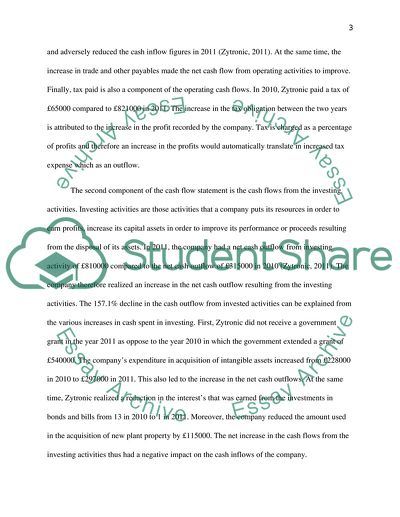Cite this document
(“Cash flow, gearing and working capital & liquididty ratio analysis Essay”, n.d.)
Cash flow, gearing and working capital & liquididty ratio analysis Essay. Retrieved from https://studentshare.org/finance-accounting/1595207-cash-flow-gearing-and-working-capital-liquididty-ratio-analysis
Cash flow, gearing and working capital & liquididty ratio analysis Essay. Retrieved from https://studentshare.org/finance-accounting/1595207-cash-flow-gearing-and-working-capital-liquididty-ratio-analysis
(Cash Flow, Gearing and Working Capital & Liquididty Ratio Analysis Essay)
Cash Flow, Gearing and Working Capital & Liquididty Ratio Analysis Essay. https://studentshare.org/finance-accounting/1595207-cash-flow-gearing-and-working-capital-liquididty-ratio-analysis.
Cash Flow, Gearing and Working Capital & Liquididty Ratio Analysis Essay. https://studentshare.org/finance-accounting/1595207-cash-flow-gearing-and-working-capital-liquididty-ratio-analysis.
“Cash Flow, Gearing and Working Capital & Liquididty Ratio Analysis Essay”, n.d. https://studentshare.org/finance-accounting/1595207-cash-flow-gearing-and-working-capital-liquididty-ratio-analysis.


